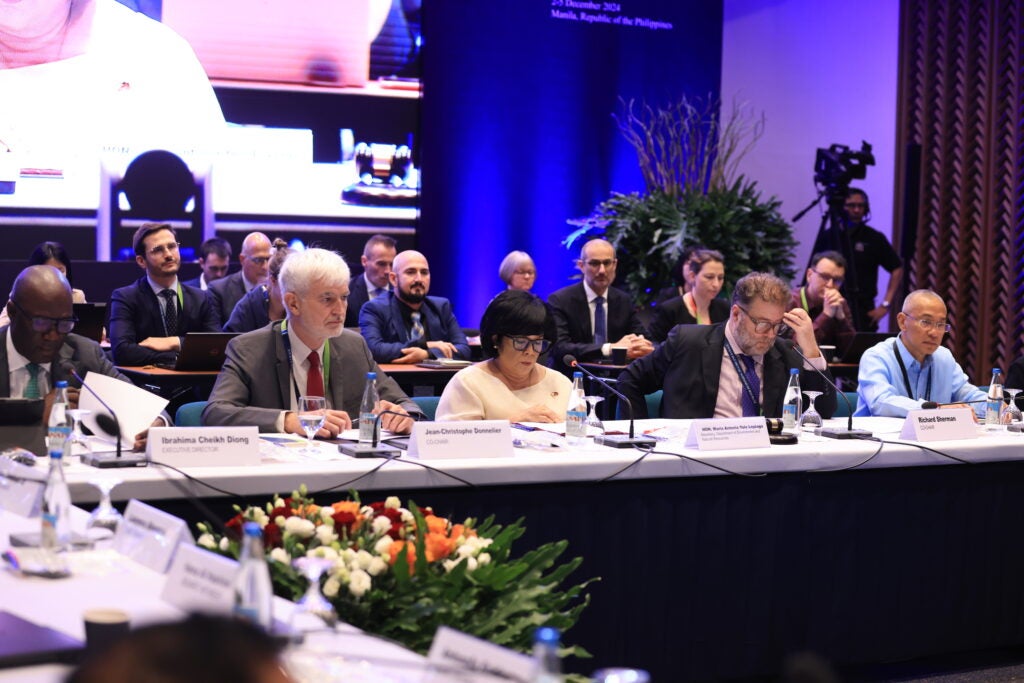
Inés María Manzano, Minister of Environment, Water, and Ecological Transition of Ecuador and Eron Bloomgarden, CEO Emergent (LEAF Coalition) at the official signing event in Ecuador, January 29,2025. Photo by Santiago Garcia, EDF.
By Santiago García Lloré, Senior Manager of IPLC and Conservation Partnerships at EDF.
Ecuador is one of nine countries in the Amazon rainforest. It is also known as one of the most biodiverse countries in the world — its unique ecological heritage includes the famous Galápagos Islands.
Following Costa Rica, Ghana, and the State of Para in Brazil, Ecuador signed an Emissions Reduction Purchase Agreement (ERPA) under the LEAF Coalition’s carbon finance framework to reduce 3 million tons of carbon emissions in exchange for $30M. (3 million tons of carbon emissions roughly equal the annual emissions of about 570,000 average passenger cars.)
The deal covers four Ecuadorian jurisdictions and is a shining example of deploying carbon finance that advances equitable participation from diverse groups. In Ecuador’s case, this process has resulted in the inclusion of Afro-Ecuadorian communities, who, like many other Indigenous communities in the region, have traditionally been marginalized. This showcases progress toward a more inclusive and representative model.
EDF has been privileged to support Ecuador in this journey over the past several years. Our efforts have focused on building the technical capacity, policy frameworks, and stakeholder engagement processes needed to bring this ambitious program to life. Here are a few things we’ve learned that are critical to ensuring integrity and bolstering climate ambition.










